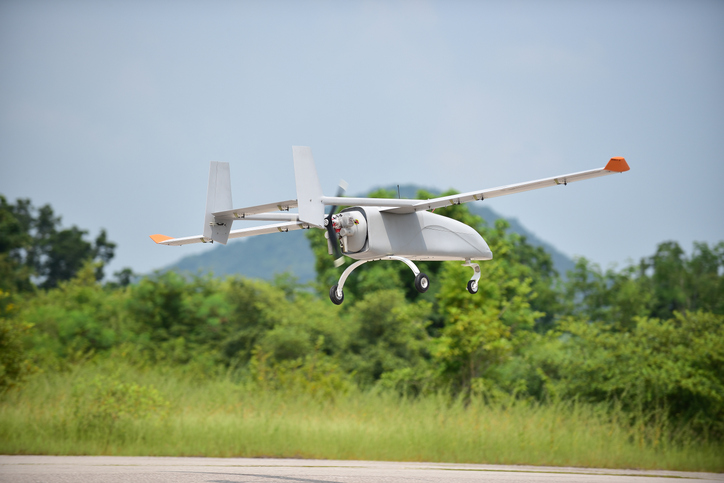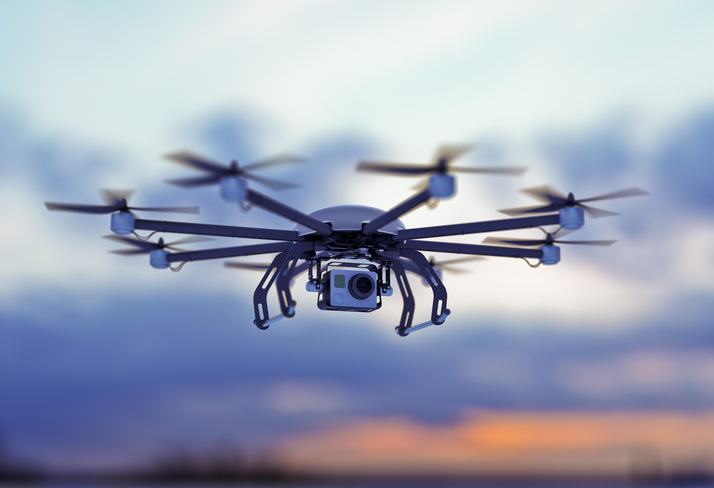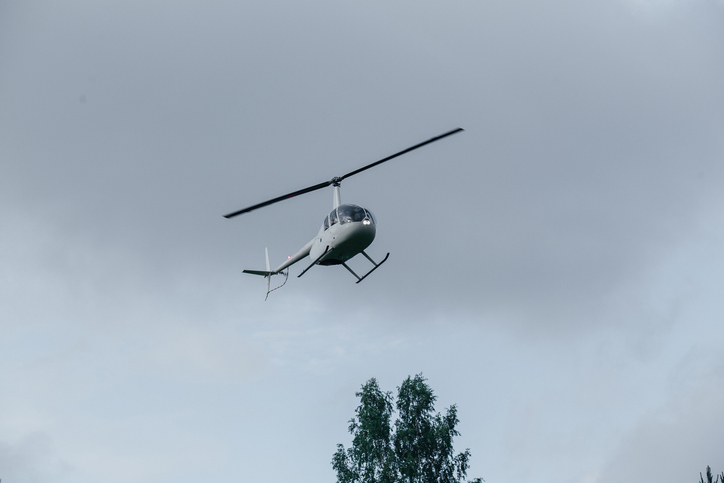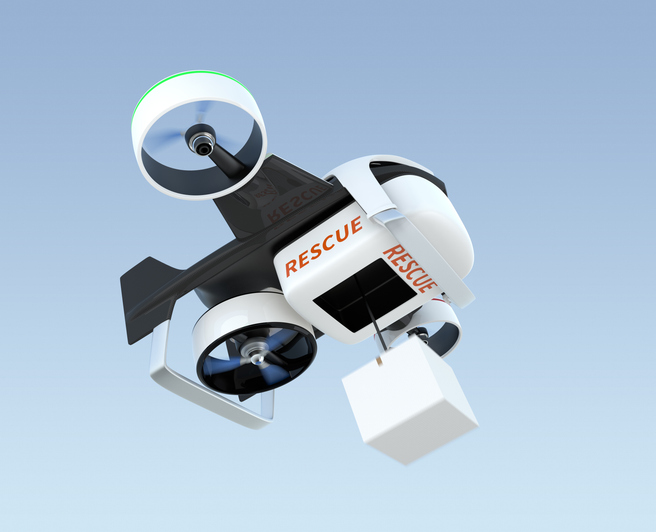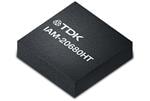- Home
- Symmetry Blog
- Are Surveillance Drone Solutions as High Tech as They Seem?
Are Surveillance Drone Solutions as High Tech as They Seem?
About Jari Haiston
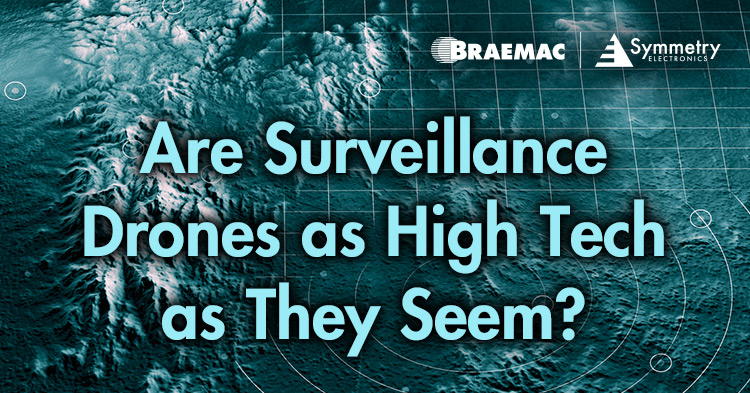
In our modern age of digital transformation where technologies are advancing at unprecedented rates, and amidst this whirlwind of innovation, one marvel soars above the rest - the surveillance drones. These unmanned aerial vehicles (UAVs) have become a significant part of our daily lives, from delivering packages to monitoring wildlife, and even playing a crucial role in defense and security sectors.
The importance of surveillance drones is not understated. They provide a bird’s eye view of inaccessible areas, aid in disaster management, and are a pivotal tool in maintaining security. Their ability to reach places where humans can’t, combined with their real-time data collection capabilities, makes them an indispensable tool in many fields.
However, the question arises – are surveillance drones as high tech as they seem or are they just flying cameras? It’s time to explore the world of military drones, dissect their proclaimed high-tech features, and unveil their fundamental technologies.
The Rise of Surveillance Drones
The first recorded use of surveillance drones dates back to World War I with the monoplane in 1917, but it wasn’t until the Vietnam War that they became more widespread. Since then, their evolution has been rapid and transformative.
4 Common Drone Types
There are various types of drones, each with its own unique use case:
- Fixed-Wing Drones are typically used for long-distance surveillance missions due to their ability to stay in the air for extended periods.
- Multi-Rotor Drones are ideal for short-range missions requiring high maneuverability and precision.
- Single Rotor Helicopters, with their increased payload capacity and stability, are often used for commercial applications.
- Hybrid VTOLs combine the advantages of fixed-wing and multi-rotor drones, making them versatile for various applications.
The role that technology plays in advancing drone capabilities is undeniable. Innovations in aerodynamics, material science, and electronics have led drones to becoming lighter, faster, and more durable.
Improvements in communication technology have enabled real-time data transmission, even in remote areas. Advancements in sensor technology have enhanced the surveillance capabilities like high-resolution imaging and accurate geolocation. Moreover, AI integration has furthered opportunities such as autonomous operation and advanced data analysis.
Are They Really High Tech?
When it comes to drone technology, there are several misconceptions. Firstly, the believe that all drones are highly sophisticated machines capable of complex tasks isn’t necessarily accurate. Military and defense drones, in particular, fall into this category, but many consumer-grade drones have relatively simple technology.
At their core, drones operate on fairly basic principles of aerodynamics. They are essentially remote-controlled aircraft. However, what sets high-tech drones apart is the technology they carry. This can include advanced navigation systems, high-resolution cameras, thermal imaging, and AI capabilities for autonomous flight and data analysis.
Technology Breakdown: The Fundamentals of Defense Drones
Embedded modules are integrated systems designed to perform specific tasks with real-time computing constraints. They play a crucial role in drone operation by controlling various functions such as flight control, navigation, and data processing.
For instance, Airgain’s NL-SW-LTE-TC4WWG and NL-SW-LTE-TC1WWG are excellent examples of embedded modules used in drones for worldwide Cat 4 and Cat 1 respectively.
Cellular modems, particularly those with integrated Global Navigation Satellite Systems (GNSS), enable communication and navigation in drones. They allow drones to transmit data in real-time and steer accurately via GNSS.
Solutions like Digi International’s XB3-C-G1-UT-001, XB3-C-G1-UT-101, and XB3-C-G1-UT-102 are global LTE Cat 1, 3G/2G modems with GNSS that are widely used in drones.
Microcontroller Units (MCUs) are integrated circuits designed to handle specific tasks in an embedded system. In drones, MCUs with a camera interface capture/process images that enable drones to carry out surveillance and reconnaissance missions.
Gigadevice’s GD32F425VGT6 and GD32F427ZKT6 are ideal MCUs for surveillance drones as they can easily connect to digital cameras and implement image acquisition/transmission through their support of 8-bit/14-bit camera video interface. These MCUs can accommodate a variety of image qualities, from low-resolution images for simple surveillance tasks to high-resolution images for detailed inspection tasks.
Geolocation sensors are a vital component for tracking and navigation in surveillance drones. They allow drones to know their exact location, enabling precise movement and positioning.
TDK-Invensense’s ICP-10111 SmartPressure sensors and IAM-20680HT Automotive grade 6-axis motion sensor are ideally suited for surveillance drone developments. The ICP-10111 offers ultra-precise pressure measurement capabilities with low power consumption, making them ideal for enhancing the altitude-hold and navigation features of surveillance drones. The IAM-20680HT provides accurate 3D motion tracking in one complete package, enabling drones to maintain stability and control during flight.
Military Drone Challenges and Controversies
Military drone operations, while technologically advanced, are not without their challenges. Obstacles include limitations such as endurance and range due to fuel/battery constraints to communication reliability issues like interference, jamming, or signal loss.
Additionally, the development of fully autonomous drones capable of complex decision-making is an ongoing challenge, with AI and machine learning (ML) playing a significant role. Integrating military drones into civilian airspace safely and efficiently remains a challenge that requires advanced coordination.
There are also ethical considerations to take into account about the use of military drones. A report by Defense One purported that drone warfare does the US more harm than good with drone strikes being used to radicalize enemies. On the other hand, one BBC article discussed how the use of combat drones is ushering in a new era of battle for smaller nations. Innovations like advanced AI systems, swarm technology, stealth, low observable features, extended range and endurance, and energy harvesting are having a greater impact on warfare dynamics like deployment scale and organization, cost-efficiency, increased agility, and much more.
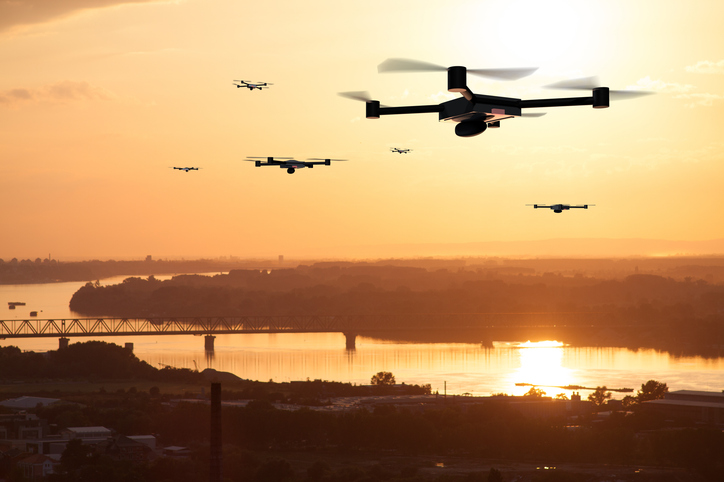
Despite challenges and controversy, it’s becoming increasingly clear that they could offer more benefits in battle than the average human soldier. Their capabilities provide operation in dangerous environments without risking human lives. Furthermore, ongoing advancements will continually improve their decision-making abilities.
Conclusion
Since their inception, modern defense drone technology has evolved to meet its high-tech assumptions. Combat drones have transformed from the simple principles of their consumer-grade counterparts to include advanced components that dictate their level of capability.
While surveillance drones may not seem as high-tech at first glance, a deeper dive into their workings unveils a world of advanced technology and innovation. From embedded modules controlling various functions to advancements in communication and sensor technology enhancing surveillance capabilities, these components play a crucial role in drone operation. We can expect drones to become even more sophisticated, further solidifying their position in our high-tech world.

